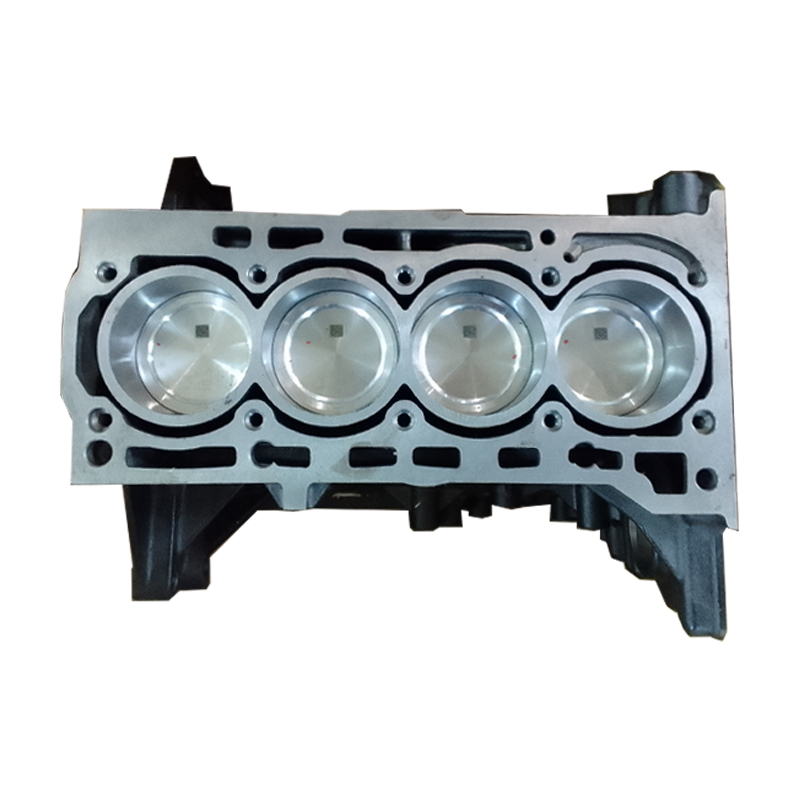Extend the lifespan of your clp engine with regular care.
Extend the lifespan of your clp engine with regular care.
Blog Article
Exactly How a Clp Engine Can Boost Efficiency in Different Industries
The development of CLP engines notes a significant shift in operational effectiveness throughout numerous sectors, driven by their ability to enhance fuel intake and lessen downtime. Industries such as manufacturing and logistics stand to gain substantially from their robust style and regular power output, which assure to enhance operations and boost performance. As companies increasingly prioritize sustainability along with efficiency, the duty of CLP engines ends up being much more critical. What stays to be seen is just how these developments will certainly form the future landscape of industrial operations and their effect on broader economic patterns (clp engine).
Review of CLP Engines
CLP engines, or Continual Fluid Propellant engines, represent a significant innovation in propulsion technology, especially for room applications. These engines make use of a continual feed system that permits for the continual expulsion of propellant, resulting in improved performance and efficiency compared to standard strong or hybrid propulsion systems. By maintaining a constant circulation of fluid propellant, CLP engines can accomplish much more precise thrust control, which is important for navigating spacecraft in various goal situations.
The design of CLP engines incorporates sophisticated materials and cutting-edge gas administration systems. clp engine. This results in reduced weight and increased reliability, crucial aspects for long-duration room objectives. Additionally, the continuous procedure lessens the risk of burning instability, a typical challenge in standard rocket engines.

Benefits in Production
The manufacturing of Constant Liquid Propellant (CLP) engines offers a number of notable benefits that enhance both effectiveness and cost-effectiveness. One of the primary advantages is the structured manufacturing procedure, which lowers the intricacy related to conventional propulsion systems. By making use of fluid propellant, manufacturers can achieve greater precision in engine performance, leading to optimized power result and decreased waste.
In addition, CLP engines facilitate a greater level of modularity, enabling for less complicated integration right into various production lines. This adaptability can substantially decrease preparations and enhance total functional flexibility. Making use of CLP modern technology likewise tends to decrease the requirement for extensive upkeep because of less moving components, which equates into minimized downtime and operational prices.

Applications in Logistics
Leveraging Continual Fluid Propellant (CLP) engines in logistics offers significant advantages in operational efficiency and reliability. These engines provide a robust service for various transportation needs, enabling the seamless activity of items throughout substantial ranges. The integral layout of CLP engines enables consistent power outcome, which converts into smoother and extra predictable transport timetables.
One of the essential applications of CLP engines in logistics is in heavy-duty freight transport, where they can drive both ground and airborne automobiles. Their content capability to keep high efficiency use this link under differing lots problems makes sure that shipment timelines are met, thereby boosting client fulfillment. Furthermore, CLP engines can be integrated right into automated logistics systems, assisting in real-time tracking and optimizing course planning.
Moreover, the resilience of CLP engines reduces upkeep downtime, enabling logistics firms to optimize their operational capabilities. This is specifically helpful in warehousing operations, where performance in managing and transferring items is important. As logistics continues to advance, the combination of CLP engines represents a forward-thinking technique that not only boosts performance yet also sustains the industry's expanding demands for integrity and speed.
Influence On Energy Performance
How do Continual Liquid Propellant (CLP) engines improve energy effectiveness in transport? CLP engines utilize a regular flow of liquid gas, optimizing burning processes and preserving a secure thrust outcome. This design lessens power losses connected with traditional combustion engines, where gas delivery can vary and lead to inadequacies.
The continuous procedure of CLP engines permits a more effective thermal cycle, causing higher details impulse compared to traditional engines. clp engine. This translates to minimized gas consumption for the exact same amount of work done, dramatically lowering functional costs across different transport fields, including air travel and maritime markets
In addition, the ability of CLP engines to preserve ideal efficiency under differing lots problems lowers the need for frequent acceleration and deceleration, better enhancing fuel performance. Improved energy efficiency not only contributes to cost financial savings yet additionally leads to lower greenhouse gas exhausts, lining up with international sustainability goals.
Future Trends and Innovations
Emerging advancements in Continuous Liquid Propellant (CLP) engine innovation guarantee to transform the landscape of transportation efficiency and sustainability. As industries pivot towards greener options, CLP engines stand at the center, integrating innovative products and design methods that improve performance while reducing ecological impact.
One of the most encouraging fads is the adoption of hybrid systems that incorporate CLP engines with renewable resource resources. This synergy can enhance gas intake and lower discharges, aligning with worldwide sustainability objectives. Moreover, developments view it in computational fluid dynamics (CFD) are helping with the style of even more aerodynamically effective engines, leading to decreased drag and boosted gas effectiveness.
Additionally, the advancement of clever tracking systems is readied to enhance operational effectiveness. These systems utilize data analytics and IoT innovation to maximize engine performance in real-time, making sure that the engines operate within their most efficient specifications.
As research continues to check out alternate propellant solutions-- such as biofuels and artificial fuels-- the future of CLP engines looks appealing. By utilizing these technologies, sectors can not only boost their performance yet likewise add considerably to a cleaner, more lasting future in transport.
Conclusion
In final thought, CLP engines represent a significant development in effectiveness throughout numerous sectors. The combination of innovative materials and less relocating parts lessens upkeep needs, while alignment with sustainability goals settings CLP engines as a crucial innovation for the future.
Report this page